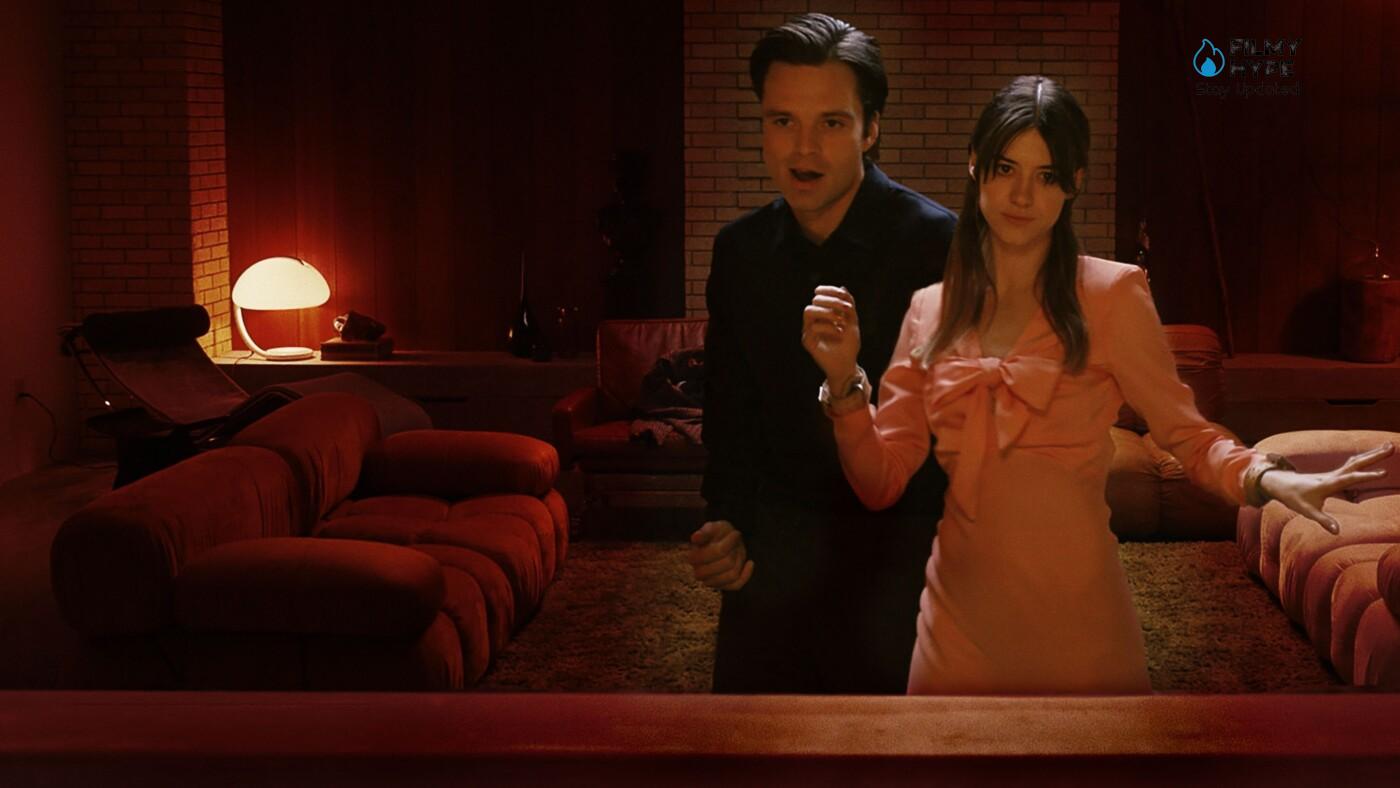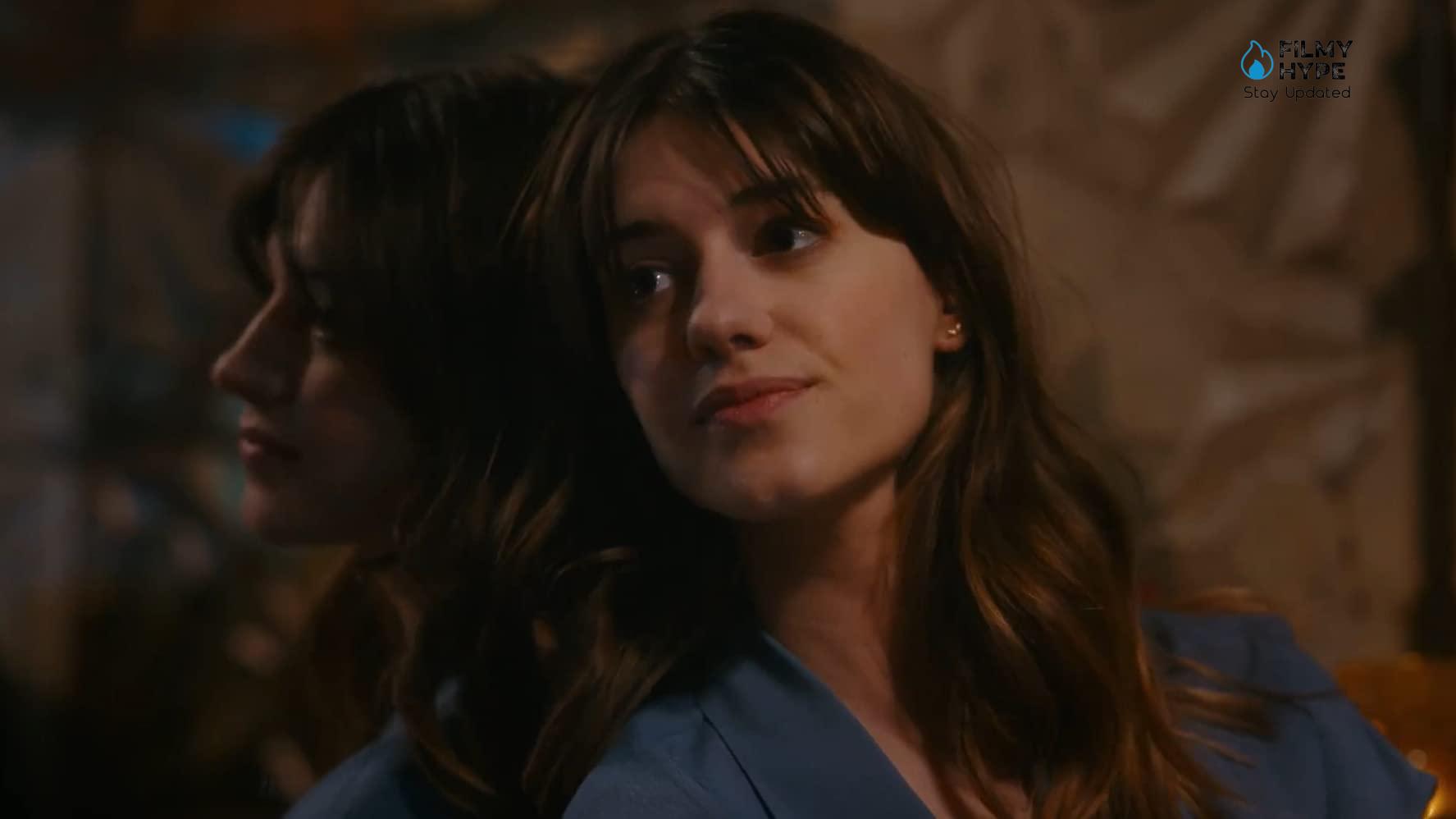Fresh Movie Ending Explained: The Controversial Ending Explained: Is A Woman The Real Villain?
Fresh movie is the kind of B-movie horror comedy with the ability to directly appeal to post-internet generations that one hopes will premiere on Netflix on a Friday and rank in the top 10 over the weekend, but that it is not expected to be found in the usual catalog for all Disney+ audiences. It’s almost an exploitation version of A Promising Girl, it happens entirely indoors, with very few characters, with sharp dialogues and references to everyday situations that any relatable except that they also include cannibalism and a charming sociopath played by Sebastian Stan. It’s fresh meat on Disney+ and worth trying.

Fresh meat, yes, that’s what the first Mimi Cave movie is about. But we have already talked elsewhere about how to digest Fresh. What we want to talk about here is that controversial ending, the dessert. What’s the point of that last scare in the movie? Is it a mere horror movie convention or does it have a deeper meaning? Just an excuse for gore? And, also, is the plot of Paul, the useless friend of the protagonists, as hollow as it seems? We believe not that it is precisely those last minutes that underpin a feminist discourse that does not stop being uncomfortable and controversial in a single moment.
Fresh Movie Ending Explained: Who Was The Real Villain?
Much is made of the big twist that happens half an hour into the movie, just before the opening credits roll as Fresh goes from internet dating rom-com to horror movie; or better yet: a romantic comedy between a basement and an operating room, because at no time does it stop being a movie about dating. What changes is the menu. The real plot twist that transforms the film into something else, however, comes later when it is revealed that Steve’s wife, Ann (Charlotte Le Bon), is an accessory to his crimes.
The scene takes place after the sociopathic couple have dealt with an unexpected visit from Mollie (Jojo T. Gibbs). The danger has passed and Ann goes to take a shower. Then we see it: she removes a prosthesis and it is revealed to us that someone (ahem, Steve) has eaten her leg. How can Ann still love and support Steve after that? What does the film intend with this swerve?

A first clue to the intentions of Mimi Cave and screenwriter Lauryn Kahn is found in the apparently filler plot of Paul’s character. Fresh feeds from the beginning the idea that Paul is going to save the protagonists at the last minute, but when the moment of truth arrives, he chickens out and turns around. It’s quite a statement of intent: Fresh is not the kind of movie where men have to rescue women. Nor in which women are reduced to the role of victims.
What Cave and Kahn are doing by playing with our expectations is decentering the figure of the savior and the sociopath from men to women. And it does so without denying the heteropatriarchal world in which the protagonists live. The “one percent of the one percent” club that eats human flesh is made up of men and its victims are women, but women are not simply victims.
Just as Noa (Daisy Edgar-Jones), Molly and Penny manage to keep their sanity and defeat Steve through mutual friendship and sisterhood, the ultimate enemy had to be a woman. That is why it makes all the sense in the world that once Steve is defeated, the film continues and they face Ann, a woman who ended up aligning herself with her aggressor: the real villain. A case of Stockholm Syndrome from the feet (the one that remains) to the head. And for that very reason, too, it makes sense that Mimi Cave dedicates the film’s most gory moment to that woman, who had her skull smashed open. “Bitches like you are the fucking problem!” Molly yells at him in almost the last line of dialogue.
An ending that is undoubtedly controversial (isn’t she blaming women for sustaining violence against them?) but that centers the problem and the solution on the woman herself as the true possible transforming agent. And they said that Fresh was only going for cannibalism…

